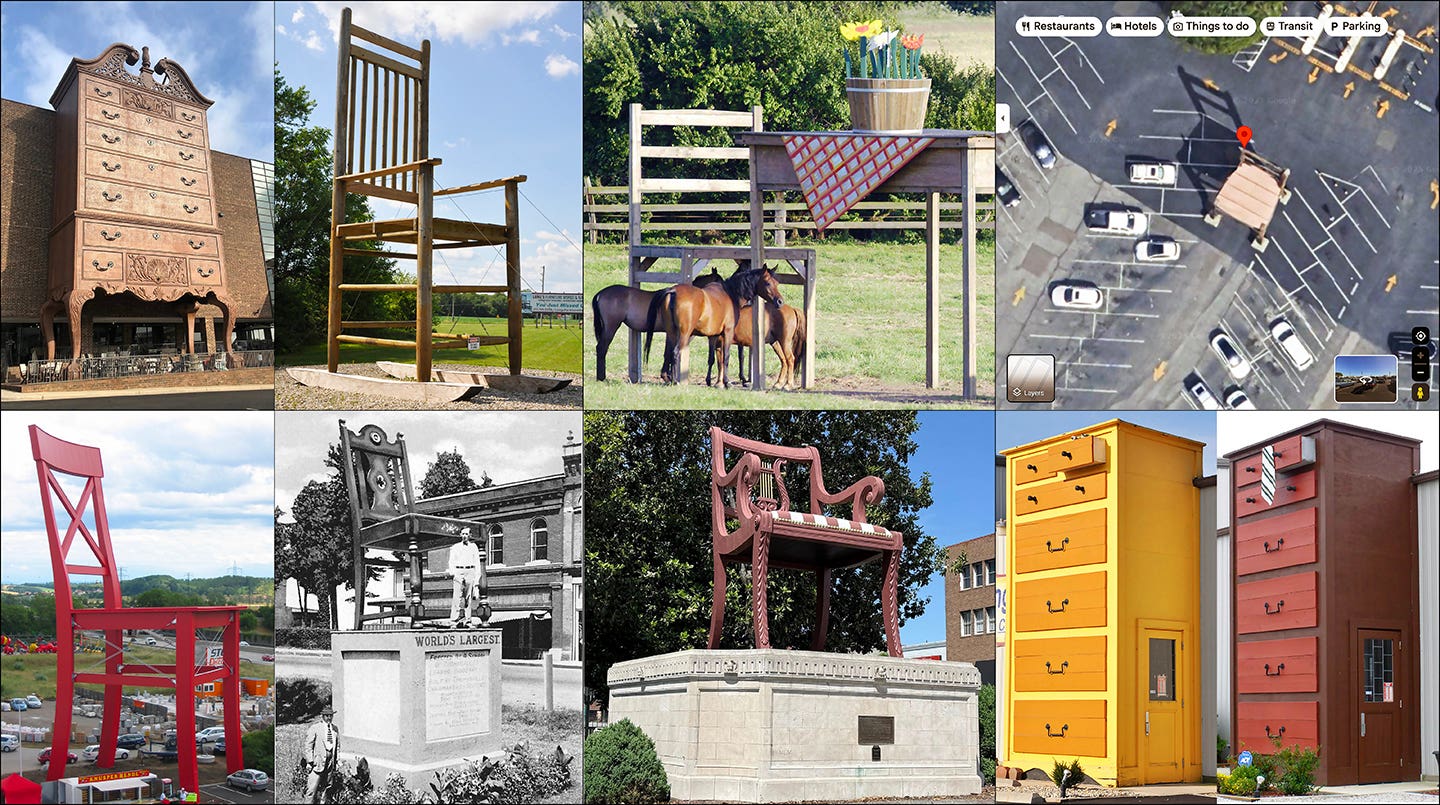How to test chair joints
I have made chairs from time to time and at one point, designed a unique construction method that I had planned to use in a line of chairs that I…
I have made chairs from time to time and at one point, designed a unique construction method that I had planned to use in a line of chairs that I would manufacture. It never got that far but there were several chairs actually produced.
Chairs present a unique challenge. Of course, they must be comfortable to sit in. But they also must be able to stay together under extreme strain.
It's not just supporting the weight of the person that’s the issue. It’s the scotching of the chair, forward and back. The twisting, turning, and constant shifting of position. Every one of those movements is going to strain the joints in a different way.
Then there’s the nemesis of all chairs: the backwards leaner. This guy loves to plant his feet on the floor and lean the chair back on its hind legs. There cannot be a better way to break the joints in a chair than doing this. Some makers deliberately design their chairs so that they can never be subjected to this kind of abuse.
So how do you insure that your chair design will withstand years of daily use? Have kids.
My oldest was such a good chair tester that I had thought about hiring him out. Not only was he a leaner but once he had the chair up on its back legs. He would grab the arms (or the edges of the seat, if there were no arms) and twist and turn like he was trying to invent a new dance that you did sitting down. I figured that if a chair could survive a year of his sitting in it, the design was good enough – at least in the structural sense – to sell.
D.D.
David DeCristoforo possesses an extensive resume as designer/maker of fine furniture, high-end cabinetry and architectural woodwork. His experience in professional woodworking spans a period of 35 years. For the past 20 years David DeCristoforo Design has been located in Woodland, California. During this time David's shop has ranged in scope from a "full on" cabinet production shop with as many as 15 employees to a small fine furniture and custom millwork shop, working with his son, David RBJ, a highly skilled maker in his own right.







